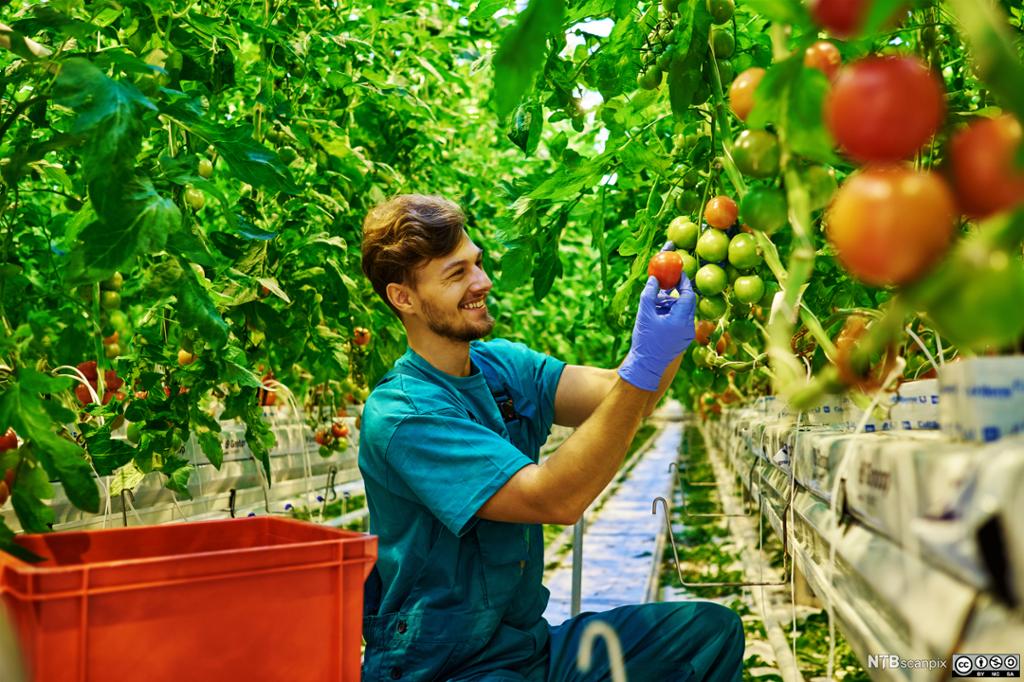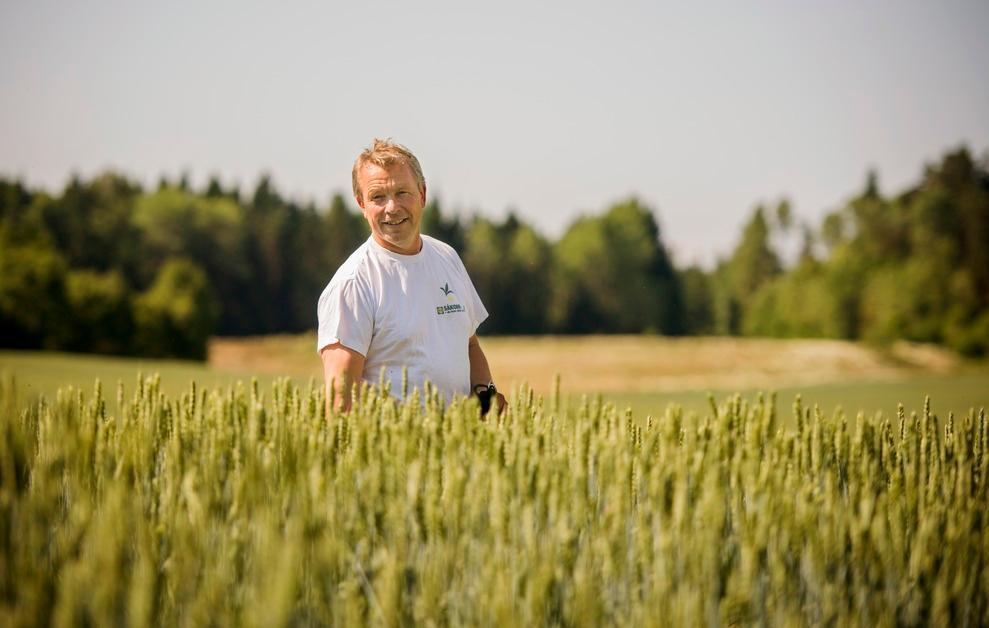What Do They Do At Work?

The responsibility of a gardener is to maintain the beauty of plants and trees in gardens and parks and make sure that the plants thrive. Certain temperatures and conditions are more favourable for the survival of a plant, and the gardener needs to know when and where to plant and what type of soil and fertiliser to use. They perform a range of general maintenance tasks including designing, producing, renewing, and preserving outside spaces.
Gardeners may work for local governments or private companies that maintain public parks and other green spaces. Others work in botanical gardens or nurseries, where they propagate and care for plants and flowers.
Landscape gardeners, also known as landscape designers, specialise in the planning, construction, and maintenance of outdoor spaces such as gardens, parks, and public areas. Some landscape gardeners specialise in plants and living landscapes, while others are more focused on external construction building and garden designs.
Landscape gardeners may be involved in choosing plants, preparing the ground, installing irrigation, and planting flowers and trees. They may also be engaged in fertilising, pruning, and general maintenance of gardens and irrigation systems. A good landscape gardener should be able to combine their extensive knowledge of plants with their manual skills to create the desired look and feel of the garden.
You should not confuse landscape gardeners with gardeners, even though they often work together: landscapers specialise in building and altering landscapes, while gardeners generally work on maintaining existing gardens.
If you’re interested in botany or agriculture, becoming an agronomist could be a rewarding career choice for you.
An agronomist, or crop scientist, is an expert in the study of soil management and crop development. They study plants and how they can be grown, modified, and used to benefit society. Using science, they work to develop techniques for improving crop yields, nutrient management, and pest and disease control.

Agronomy has existed and been important for humans since the invention of farming. However, since the world population has increased dramatically in recent years, agronomy has never been more important. The ever-increasing number of mouths to feed means that crop-optimising has become a major priority in the world today.
A farrier specialises in the hoof care of equines such as horses, ponies, mules, and donkeys. Typically, they remove the old shoes, then trim and clean the hooves before making and adjusting new shoes to the horse’s feet. In their work, a farrier would use tools like rasps, clinchers, nippers, hammers, and knives.

Farriers have an intimate knowledge of the anatomy and physiology of the horse’s legs and hooves, and they will always look for signs of discomfort or lameness in the horse. Given their expertise, they will often be able to prevent further development of hoof and limb problems by making sure the hooves are correctly shod.
Farriers spend most of the day working outside, in stables, or in barns. It can be hard physical work and is practised on animals, some of which may be temperamental or skittish. It is therefore important to be calm and caring when working with the animals.
Forest workers carry out practical tasks in forests and woodlands to help care for and protect the environment.

The primary job of a forest worker is to plant, prune, and fell trees. They will prepare the ground for planting by removing the undergrowth before they plant new tree seedlings. When the trees are large enough, they will cut and remove trees so they can be used for timber, pulp, and other forest products.
An important part of their work is to protect the forest against insect pests and disease and to promote the healthy growth of trees. Also, the forest is the home of many different species of animals, and forest workers should always try to conserve and protect wildlife habitats in forested areas. This means that they need to be knowledgeable about the forest ecosystem and the potential consequences of harvesting forest resources.
Fish farming, also known as aquaculture, involves breeding and growing shellfish and fish such as salmon, trout, cod, and halibut for the food industry.
Fish farmers are responsible for managing the water quality, feeding, and the overall health of the fish. They monitor the fish for signs of disease and parasites and take necessary actions to prevent or treat any issues that arise. They may also be responsible for breeding fish and raising fish from eggs to marketable size.
The Norwegian aquaculture industry has become an industry of major importance for the country. It is today one of Norway’s foremost export industries, supplying seafood to consumers in more than 150 countries worldwide. The industry also contributes to activities and jobs throughout the country, especially in the many local communities along the coast.
Relatert innhald
Tasks related to the article 'What Do They Do At Work?'